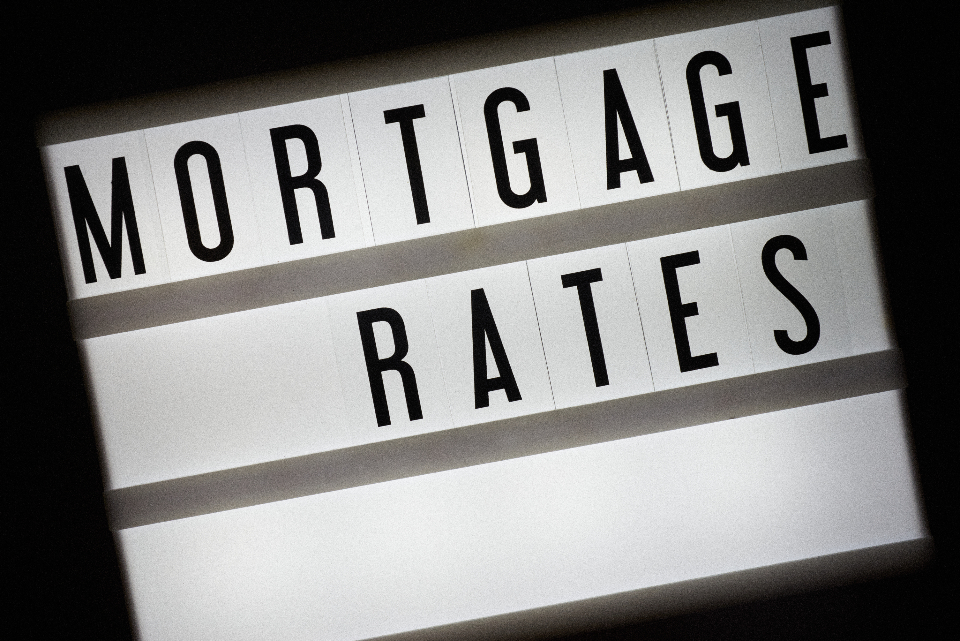In the realm of finance, the concept of refinance rates holds a paramount significance for both seasoned investors and novices alike. Understanding and navigating through the intricacies of refinance rates is crucial for making informed financial decisions that can significantly impact one’s financial stability and future prospects.
What Are Refinance Rates?
Refinance rates, in essence, refer to the interest rates applied when refinancing an existing loan. Whether it’s a mortgage, auto loan, or personal loan, the refinance rate determines the cost of borrowing money to replace an old loan with a new one, typically with more favorable terms.
The Importance of Refinance Rates
1. Cost Savings
Securing a lower refinance rate can translate into substantial cost savings over the life of the loan. Even a slight reduction in interest rates can lead to significant long-term savings, making it a financially prudent move.
2. Improved Financial Flexibility
By refinancing at a lower rate, borrowers can potentially reduce their monthly payments, freeing up cash flow for other expenses or investments. This enhanced financial flexibility can provide a cushion during times of economic uncertainty or unexpected expenses.
3. Debt Consolidation
Refinancing offers an opportunity for debt consolidation, allowing borrowers to combine multiple high-interest debts into a single, more manageable loan with a lower overall interest rate. This consolidation simplifies monthly payments and can accelerate debt repayment.
Also check this: Mortage Rates
Factors Influencing Refinance Rates
Several factors influence refinance rates, including:
1. Economic Conditions
Economic indicators such as inflation rates, employment figures, and monetary policies set by central banks play a significant role in determining refinance rates. During periods of economic growth, refinance rates may rise, while they tend to fall during economic downturns.
2. Credit Score
Individual creditworthiness is a crucial determinant of refinance rates. Borrowers with higher credit scores typically qualify for lower rates, reflecting their lower perceived risk to lenders.
3. Loan Term
The term length of the loan can impact refinance rates. Shorter-term loans often come with lower rates but higher monthly payments, while longer-term loans may have higher rates but lower monthly payments.
4. Loan-to-Value Ratio
The loan-to-value (LTV) ratio, which compares the loan amount to the appraised value of the collateral, can influence refinance rates. Lenders may offer more favorable rates to borrowers with lower LTV ratios, as they pose less risk.
Types of Refinance Rates
1. Fixed-Rate Refinance
With a fixed-rate refinance, the interest rate remains constant throughout the life of the loan. This option provides borrowers with stability and predictability, as monthly payments remain unchanged regardless of fluctuations in the market.
2. Adjustable-Rate Refinance (ARM)
In contrast, an adjustable-rate refinance features an interest rate that fluctuates over time based on market conditions. Initially, borrowers may benefit from lower rates compared to fixed-rate loans. However, the risk lies in potential rate increases, which could lead to higher monthly payments in the future.
Strategies for Securing the Best Refinance Rates
1. Improve Your Credit Score
Taking steps to improve your credit score, such as paying bills on time, reducing outstanding debt, and disputing any inaccuracies on your credit report, can enhance your eligibility for lower refinance rates.
2. Shop Around
Don’t settle for the first refinance offer you receive. Take the time to compare rates and terms from multiple lenders to ensure you’re getting the best possible deal. Online comparison tools and mortgage brokers can be valuable resources in this process.
3. Consider Points
Paying points upfront in exchange for a lower interest rate can be a viable strategy for reducing long-term borrowing costs, especially if you plan to stay in your home for an extended period.
4. Optimize Loan Terms
Carefully evaluate the trade-offs between loan term length and monthly payments to find the right balance that aligns with your financial goals and circumstances.
Conclusion
In conclusion, mastering refinance rates is an essential aspect of sound financial planning and wealth management. By understanding the factors that influence refinance rates and implementing strategic approaches to secure the best possible terms, borrowers can unlock significant savings and enhance their financial well-being.

